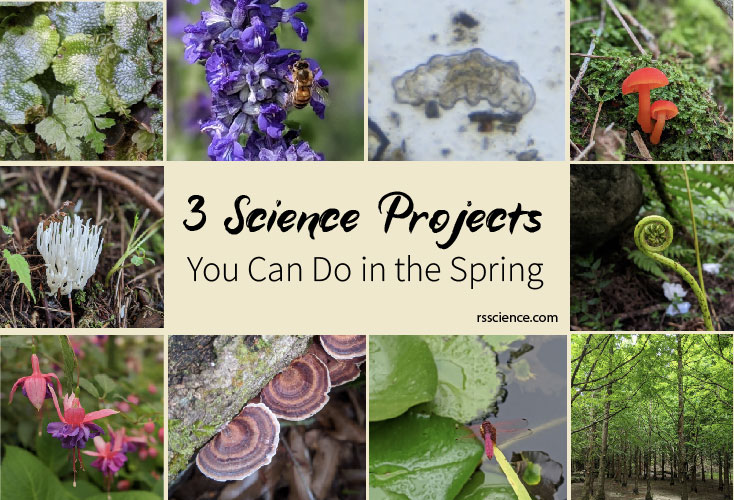The spring comes a little bit late this year in Boston. We just had another snowing day last week. However, I can see the sign that spring is coming. The weather turns warm! Plants begin to grow, and flowers are blooming. Birds and squirrels are busy around the trees. Bugs and creepy crawlies are out. Yes, this is springtime.
As scientists, we should take advantage of warming weather and start planning our field research. Here are three Spring science activities for you!
1. Identify lives belonging to each of the Five Kingdoms
Springtime is definitely the right timing to look for all kinds of living creatures. The warming temperature and the moisture in the air wake many lives up from their dormancy. For example, fungi are difficult to find outdoor during the winter because they grow best in warm, moist places. In the spring, you can start to see fungi (like mushrooms and molds) stretching their legs (in fact, these fiber-like structures are called “Hyphae”) and grow rapidly. These organisms are classified as their own Kingdom – “Fungi”. Do you know how many kingdoms we found in biology?
Once upon a time, all living things were lumped together into two Kingdoms – plants and animals. Animals include every living thing that can move, eat, and grow. Plants include every living thing that cannot move or eat and that continued to grow throughout life. However, it became challenging to group some living creatures into one or the other, so early in the past century, the two Kingdoms were expanded into five Kingdoms:

[In this figure] Tree of living organisms showing the origins of eukaryotes and prokaryotes.
Photo source: wiki.
1. Monera – the prokaryotes, including Bacteria and Archaea (ancient bacteria). All of them are single-celled organisms. Their DNA is not contained within a nucleus.
Bacteria are everywhere. However, they are too small to see without a high-power microscope. If they land in nutrients rich places, they may quickly grow into colonies that are visible to our naked eye.
Learn more about the difference between Eukaryotes and Prokaryotes, and how to see bacteria by clicking the links below.
2. Protista – the single-celled eukaryotes. Many famous microorganisms for microscopic projects belong to this group, including amoebas, paramecia, stentor, vorticella, green algae, and diatoms.
In the spring, many of these Protista start to populate in various freshwater habitats, including ponds, pools, and ditches. You can bring some water samples home and hunt for these funny creatures under a microscope.
3. Fungi – like we just mentioned, fungi like to grow in a dark, warm, and humid place. Like plants, the members of fungi don’t move. However, fungi can’t produce their energy by photosynthesis. Fungi obtain the energy from the decomposition of organic matter.
Try to see if you can spot mushrooms or molds in your hiking trip. Otherwise, try to grow your own baking yeast culture – they are fungi, too.

[In this figure] One type of edible mushrooms called coral mushroom, is cultured from the mushroom farm in Taiwan.
4. Plantae – all kinds of plants that can convert the sunlight into nutrients through photosynthesis. The longer daytime starts from the spring to the summer favor the growth of plants. Plants also take advantage of the warming season to reproduce their next generation. Go and check out the structures of these fantastic flowers. Try to see pollen grains under a microscope.
Non-flowering plants are also back to live in the spring. Small plants, like liverworts, lichens, mosses, and hornworts, start their new life cycle. Young ferns also grow as coiled fiddleheads that uncoil and expand into fronds.
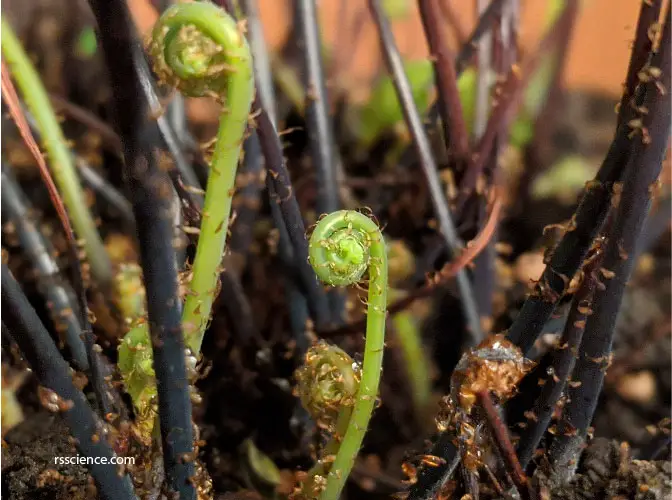
[In this image] Coiled fiddleheads of Maidenhair fern.
5. Animalia – Animals become active in spring – waking from long winter sleep. Many animals like to migrate and breed in the spring because the food sources become more abundant as plants grow. Revived hibernating animals (like bears) go into the world seeking food. Ground squirrels, such as chipmunks, start scurrying around. The correlation between animal births and springtime has made baby animals symbols of rebirth and hope!
As the temperatures begin to rise, many insects come out of various overwintering situations and become more active. Spring means blooming flowers – many insects, like bees, butterflies, and ladybugs, can’t miss this opportunity. Unfortunately, it may also mean unwelcome visitors to your home. Prepare but also find a chance to observe them.
2. See how lives survive the winter and wake up in the spring
For many lives, the spring is the beginning of a new life cycle. Use this chance to find where these living creatures arise; you may find their secrets of surviving the winter.
For example, many flowering plants produce their seeds in the late summer or fall. The hard shells of seeds protect the embryonic tissues from surviving the cool and dry wintertime. When springtime brings warmer weather, refreshing rain, and energizing sunshine, new plants quickly grow from the budding seeds.
Many animals spent the winter hibernating to conserve energy when food was scarce. In the Northern Hemisphere, common animals that hibernate include turtles, snakes, snails, wood frogs, bumblebees, bats, black bears, squirrels, hedgehogs, groundhogs, and common poorwill birds. Some other species such as raccoons and skunks go into a state of torpor during the cold weather, a type of light hibernation. Most hibernators wake up during March and April, but some do so as late as May.
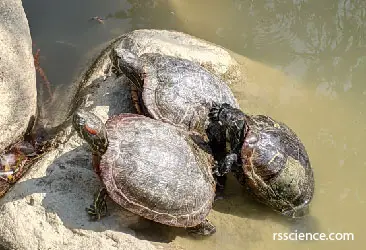
turtle 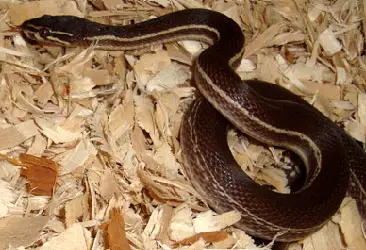
snakes 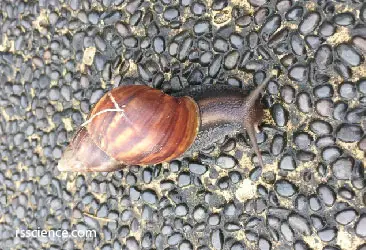
snail 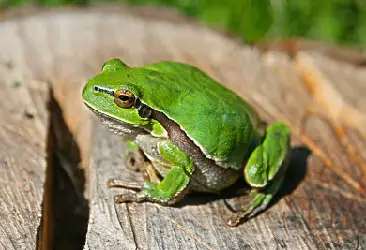
frog 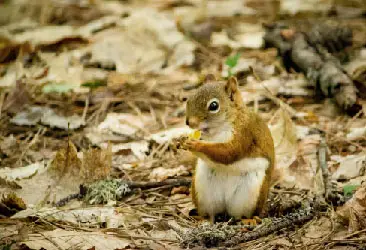
squirrel 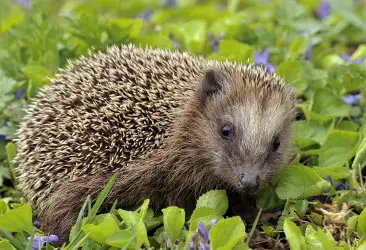
hedgehog
[In these figures] Examples of animals that hibernate.
Photo source: rsscience.com, wiki
Some microscopic organisms also have pretty deliciated systems to survive harsh conditions like the winter or dry seasons. For example, when the environment of habitation becomes extremely unfavorable, Amoebas will reproduce a protective coat (called a cyst) to cover their cell membrane. This coat protects amoeba cells and allows them to divide. When the cyst wall ruptures (when the condition turns favorable), these daughter cells are then released to become several new amoebas.
Tardigrades (or Water bears) are incredibly resistant animals that can survive in many extreme environments, and the winter is just a piece of cake for them. Tardigrade can survive in hot springs, in the deep ocean, under solid layers of ice, and even after exposure to deadly irradiation. Tardigrades can even survive a space trip. We call them “extremophile.” Tardigrade’s survival strategy is to suspend all its body activity and entering a resting state known as cryptobiosis.
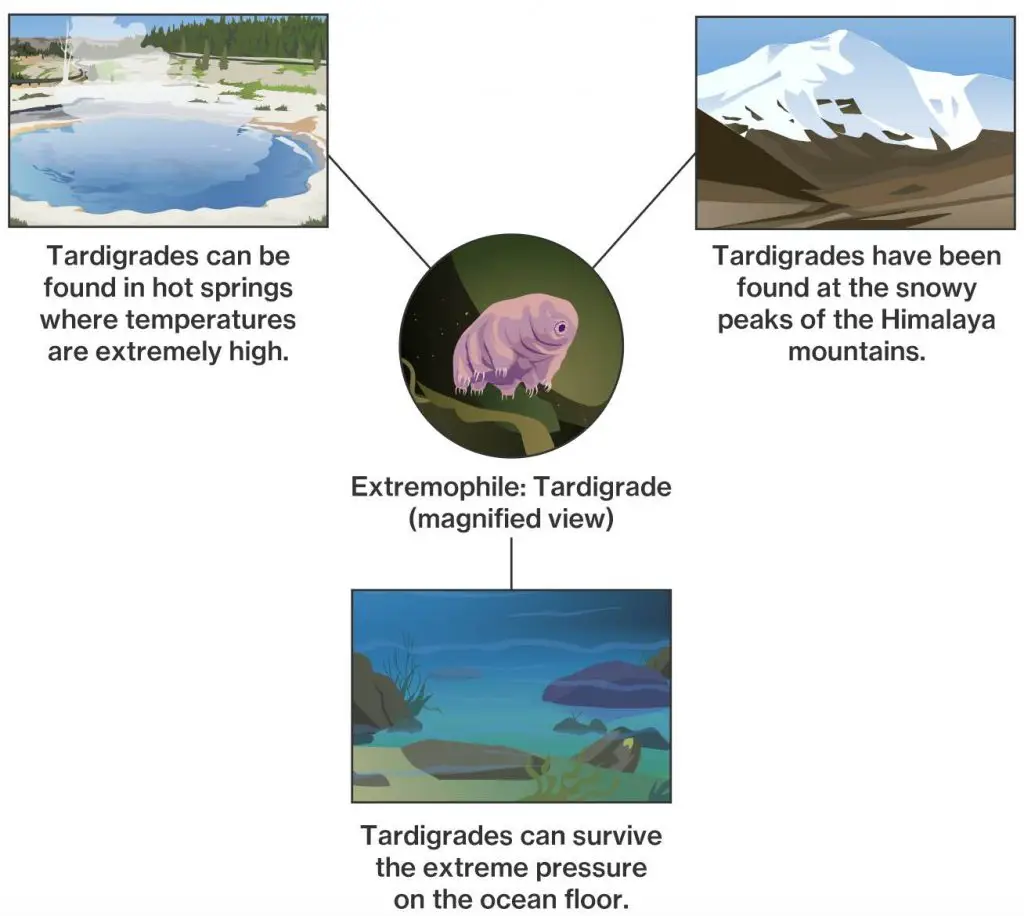
[In this video] A Water bear under a microscope.
3. Discover the secret of flowers
Spring is the gardeners’ golden season. The ground is thawing, the trees have buds and the bulbs are yearning to bloom. We should also seize the once-a-year opportunity to closely study the amazing structures of blooming flowers.
For example, Tulip and Lily’s bulbs are planted in the fall to make way for beautiful blooms to come in the spring. Their flowers are large, often fragrant, and come in a wide range of colors including whites, yellows, oranges, pinks, reds, and purples.
Take a flower and examine them carefully, you will find all flowers sharing the three common parts: petals, male parts, and female parts. Petals are modified leaves that surround the reproductive parts of flowers. They are often brightly colored or unusually shaped to attract pollinators. Together, all the petals of a flower are called a corolla.
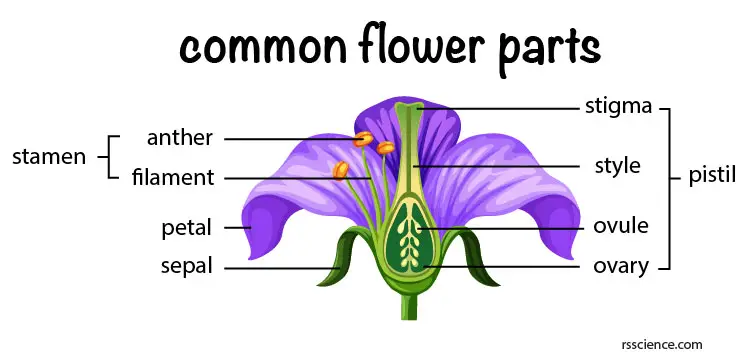
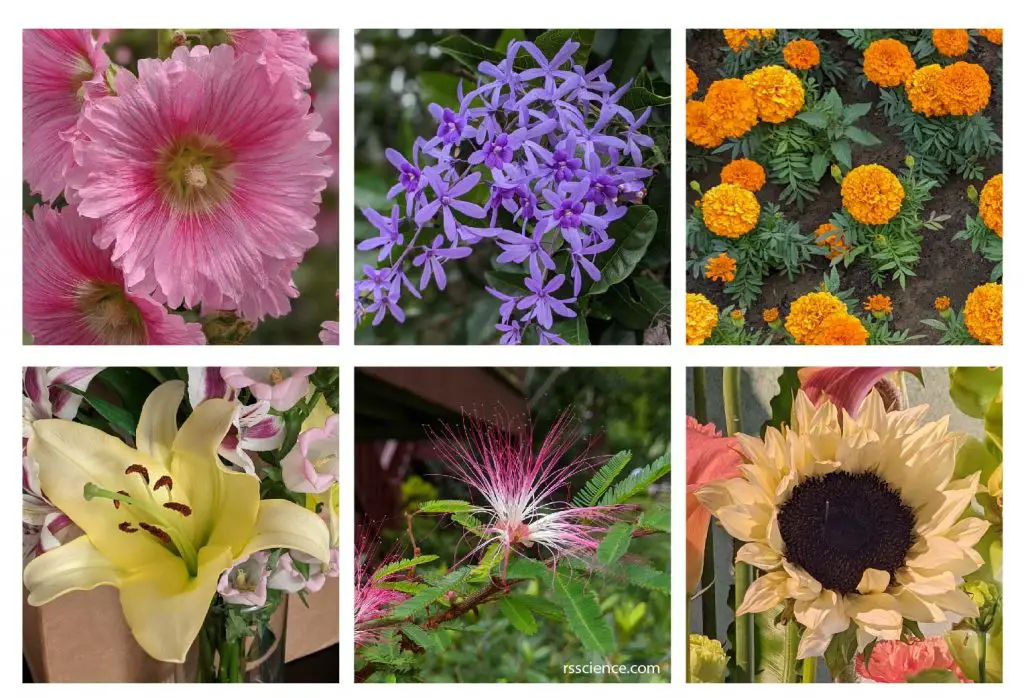
The stamen is the male part of a flower and consists of two parts: the anther and the filament. The filament is the stem-like part that holds up the anther and anchors it to the center of the flower. The anther holds the pollen of the flower. If you tap the anther or rub it against your finger, you will be able to see some pollen come off.
Female parts are collectively called the pistil. The pistil is the large central part of the flower. At the top of the pistil is the stigma. The stigma is rounded and is sticky to the touch. It is sticky so that it can catch pollen.
Pollen grains are a good subject to look at under a microscope too.
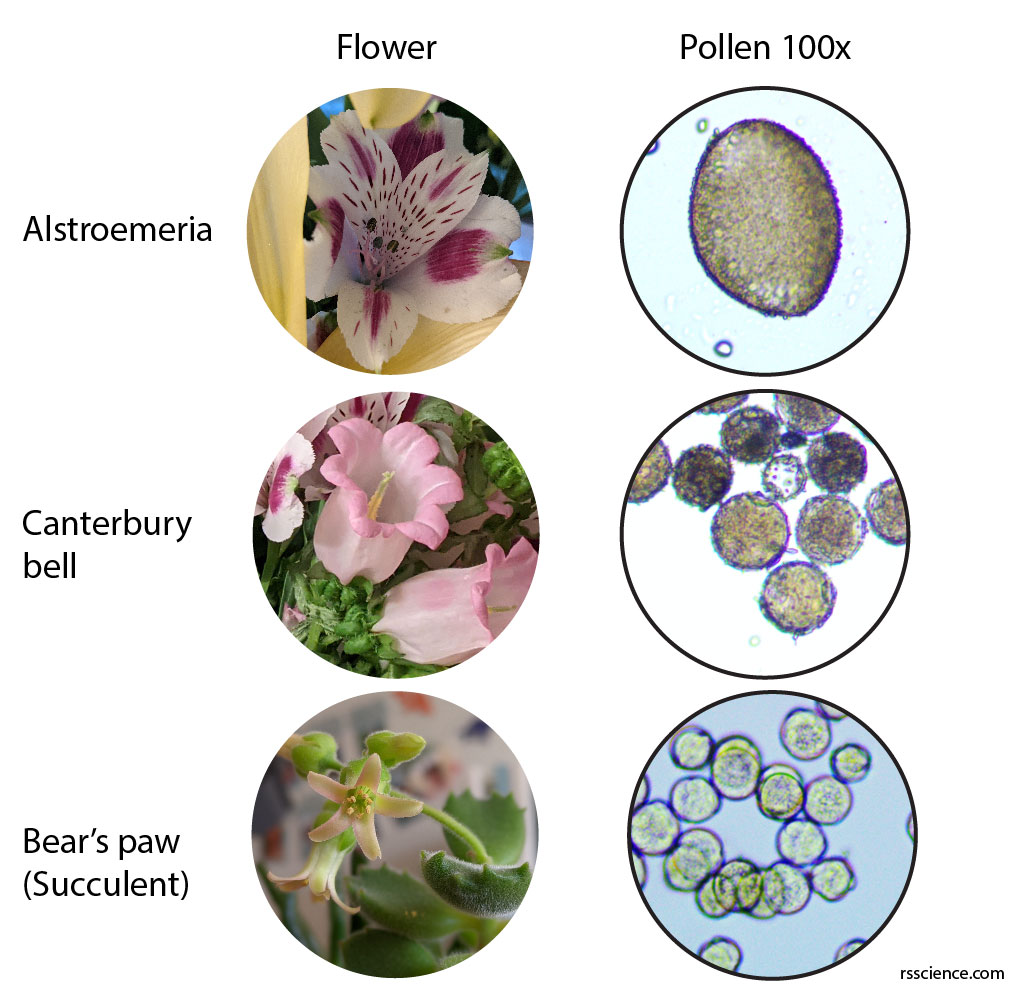
.

